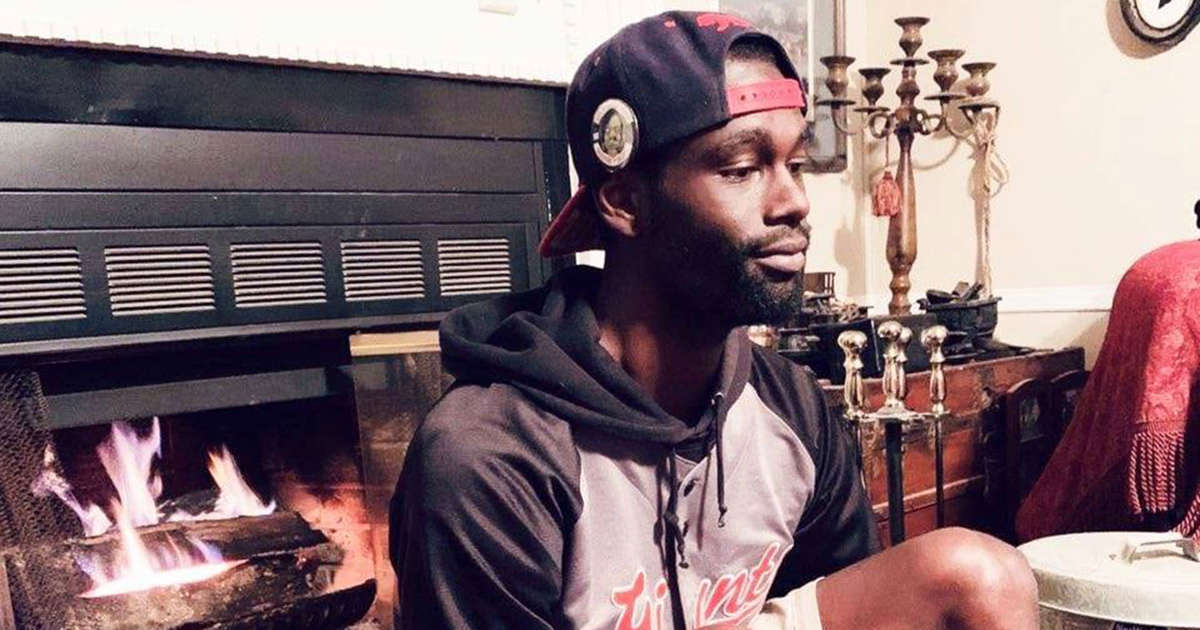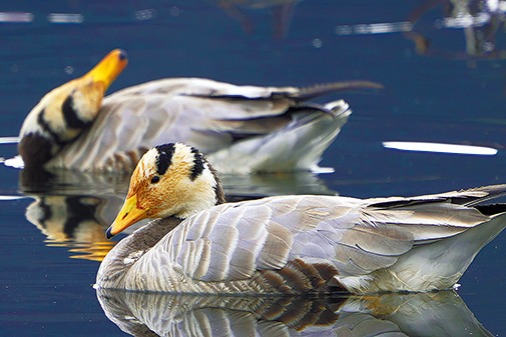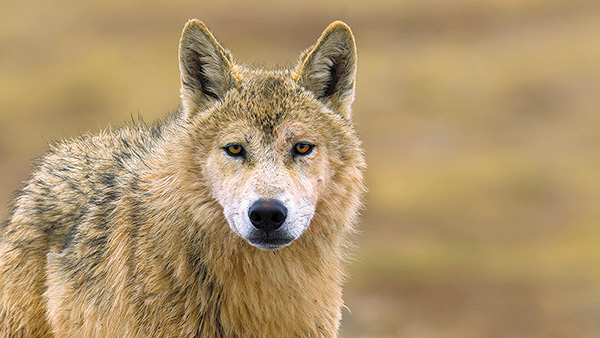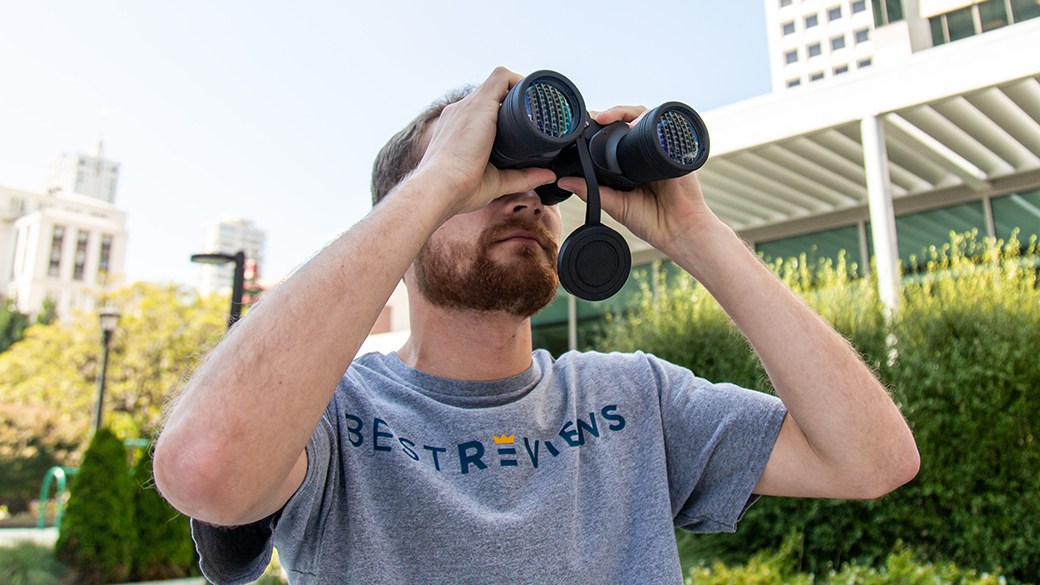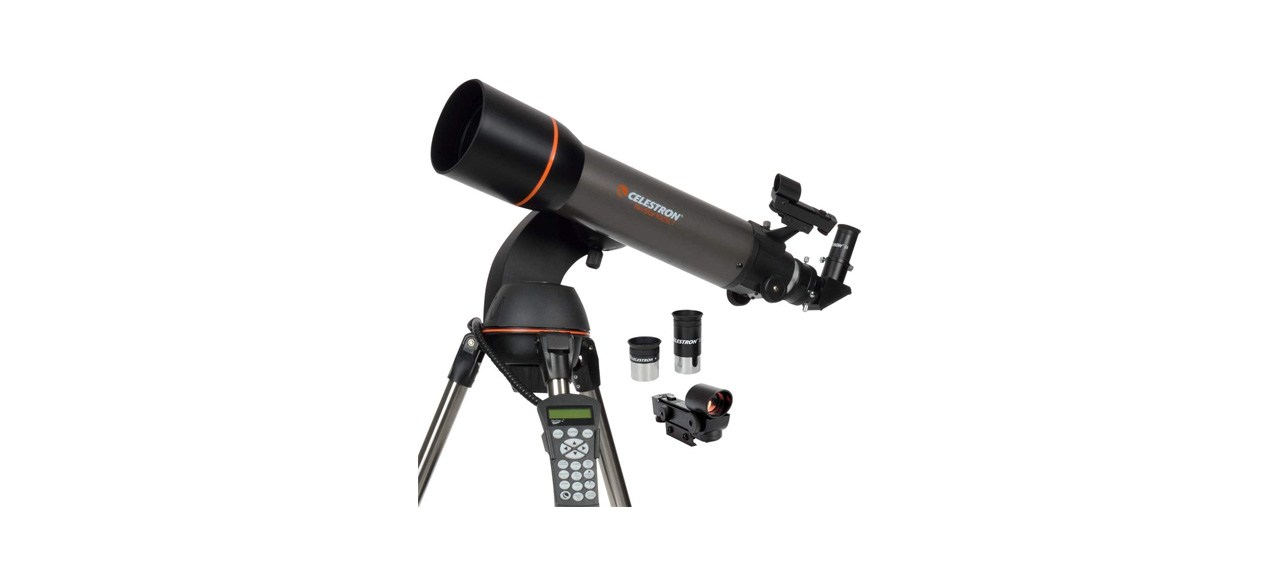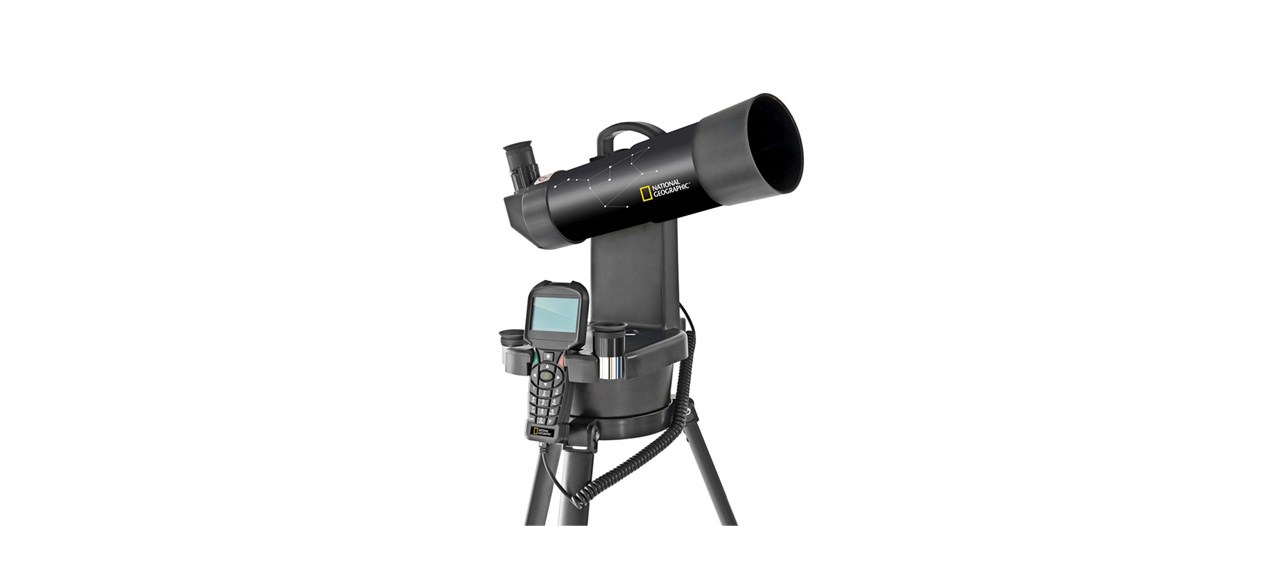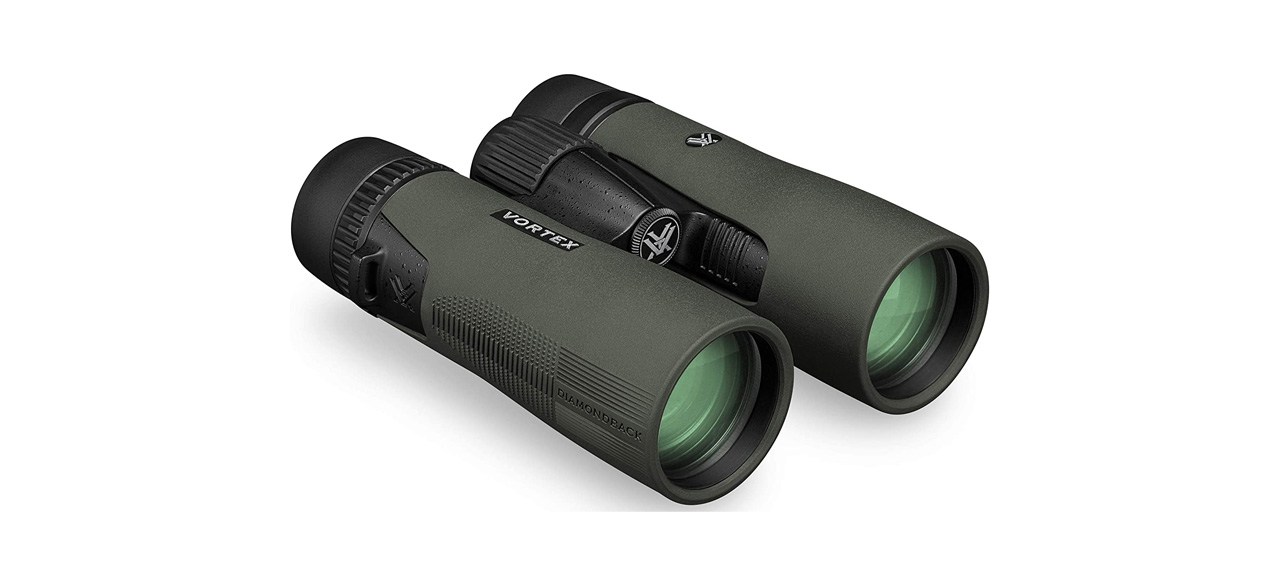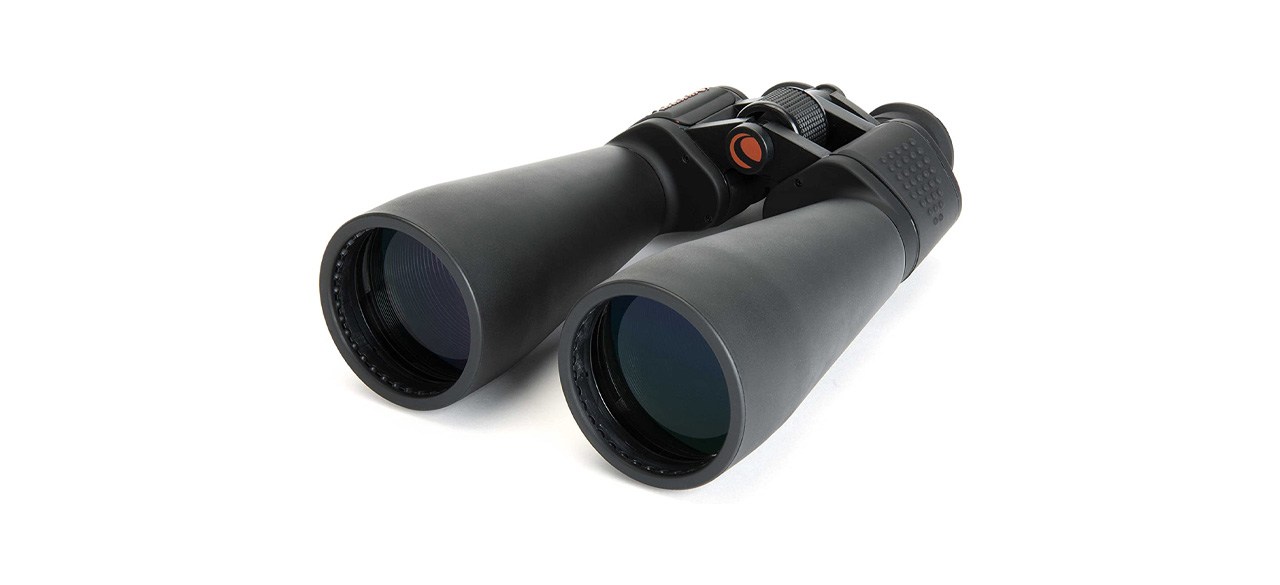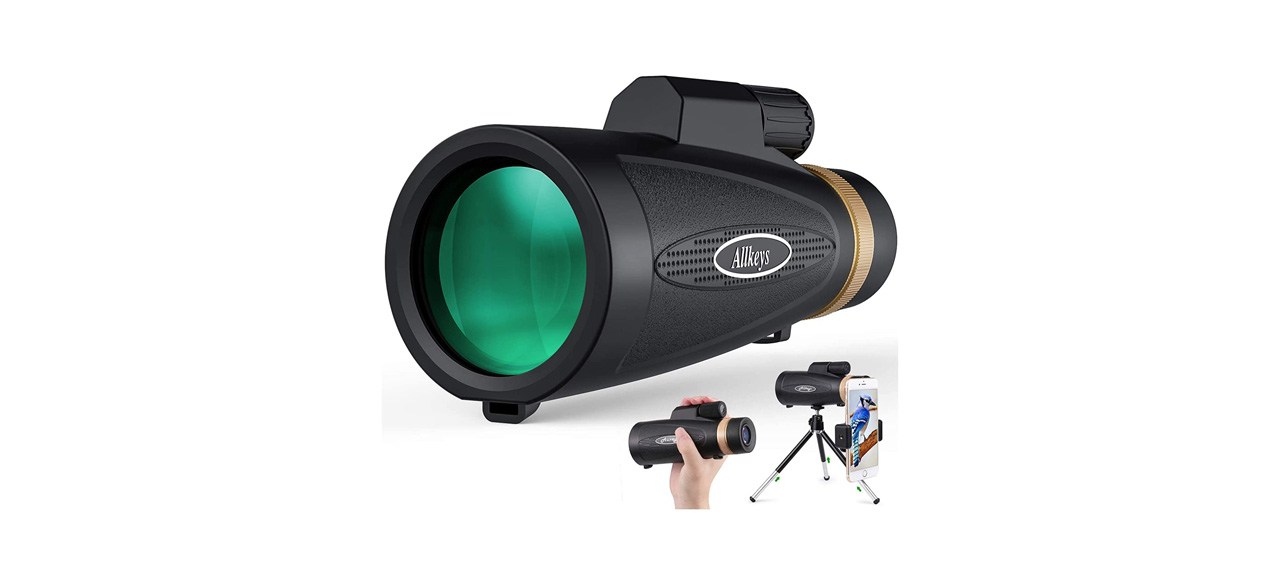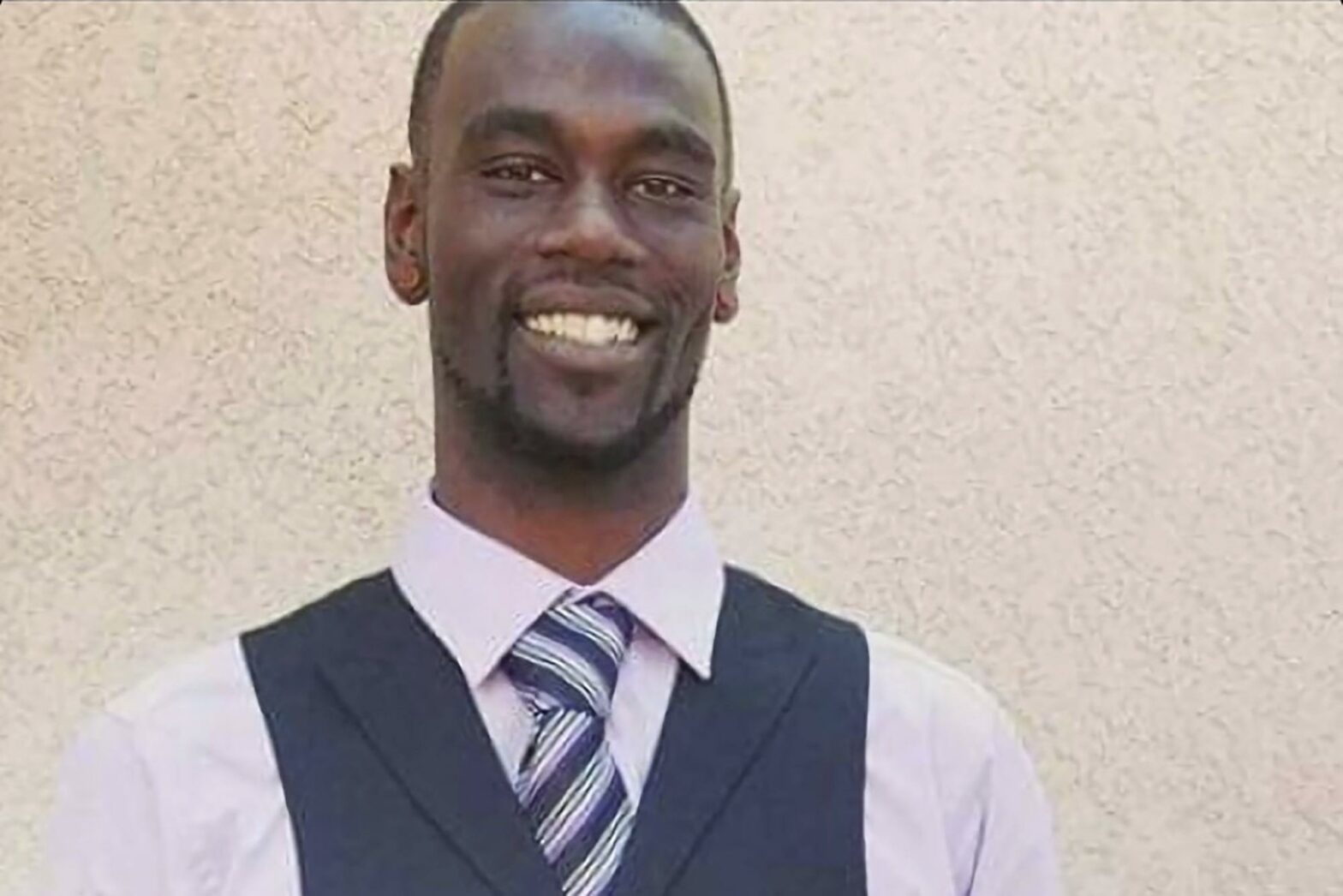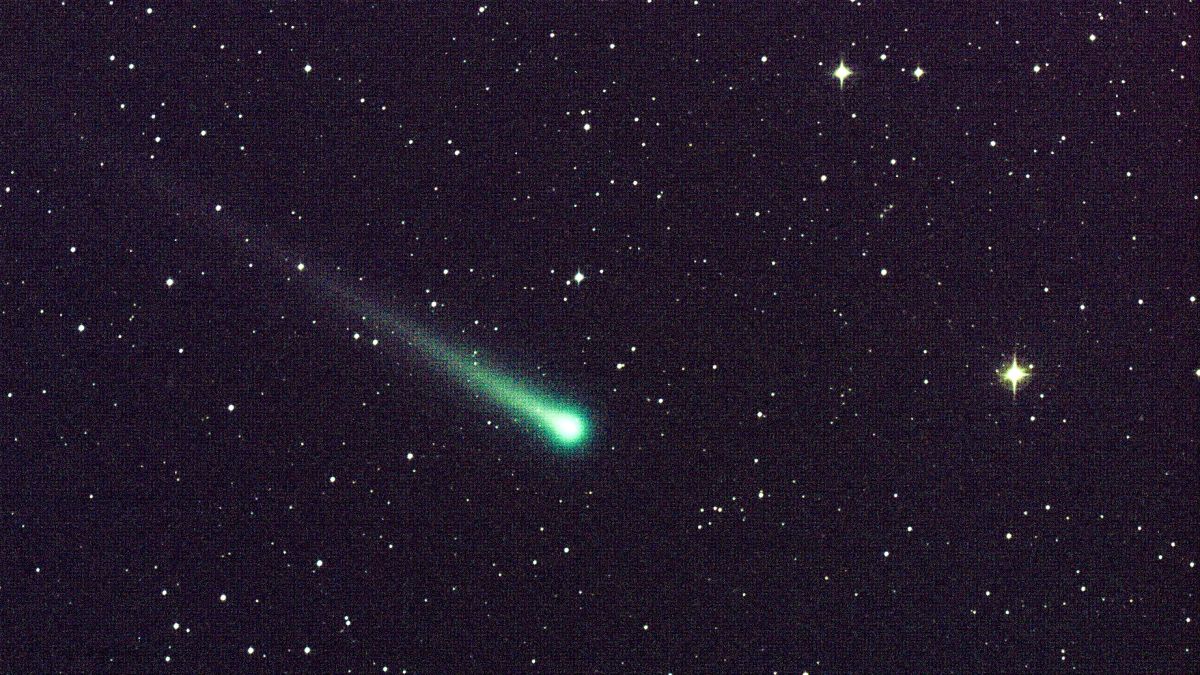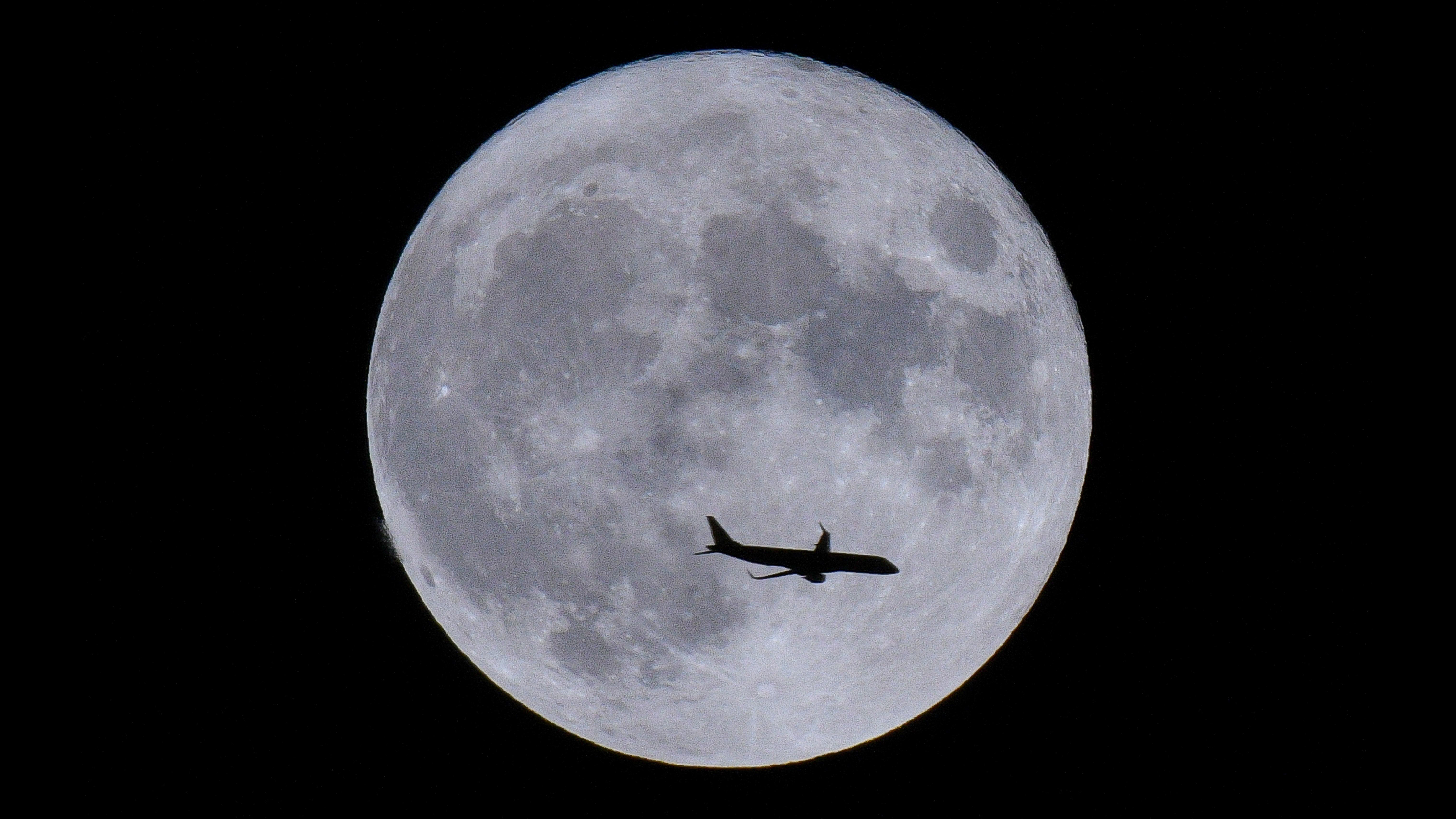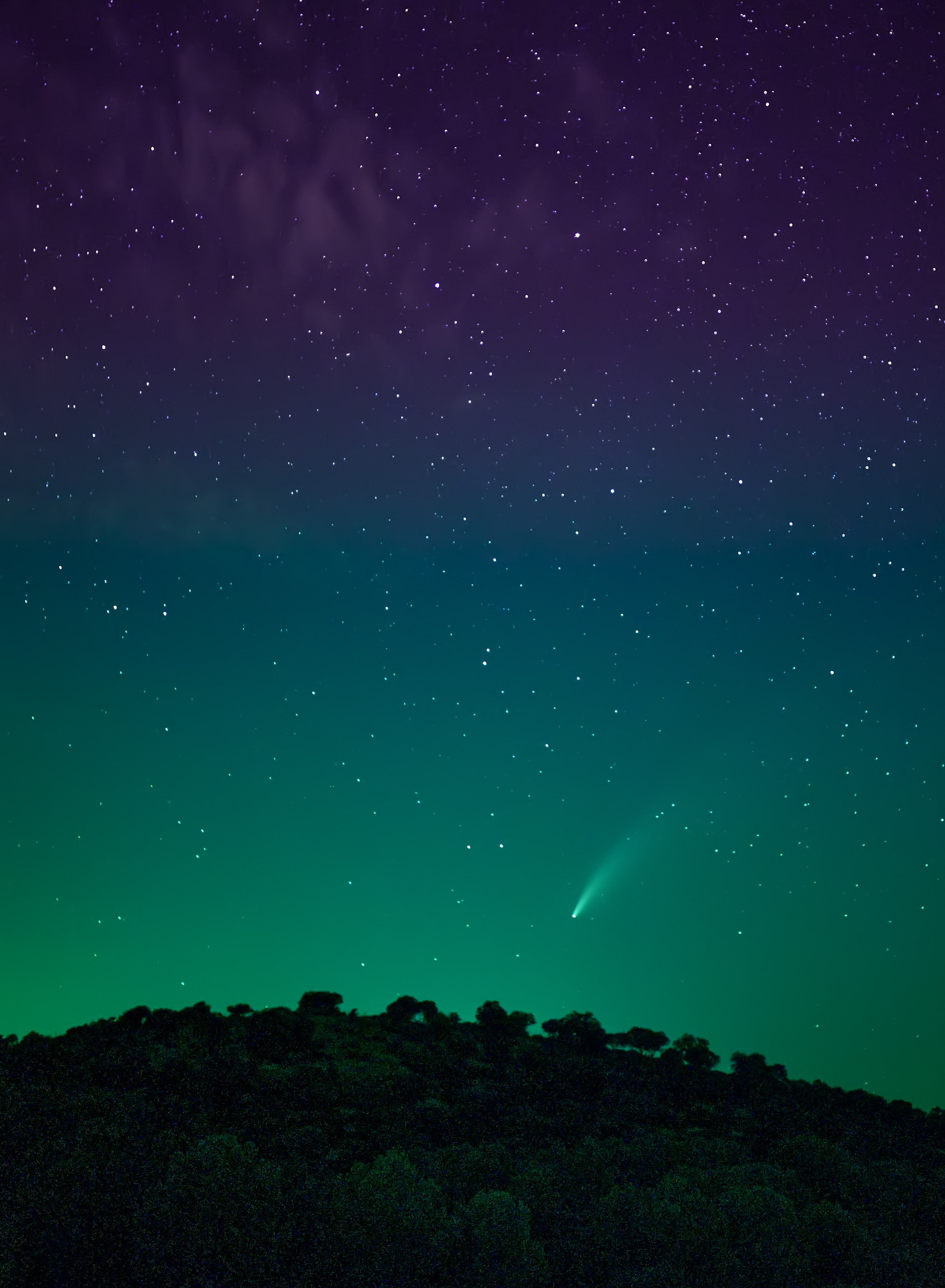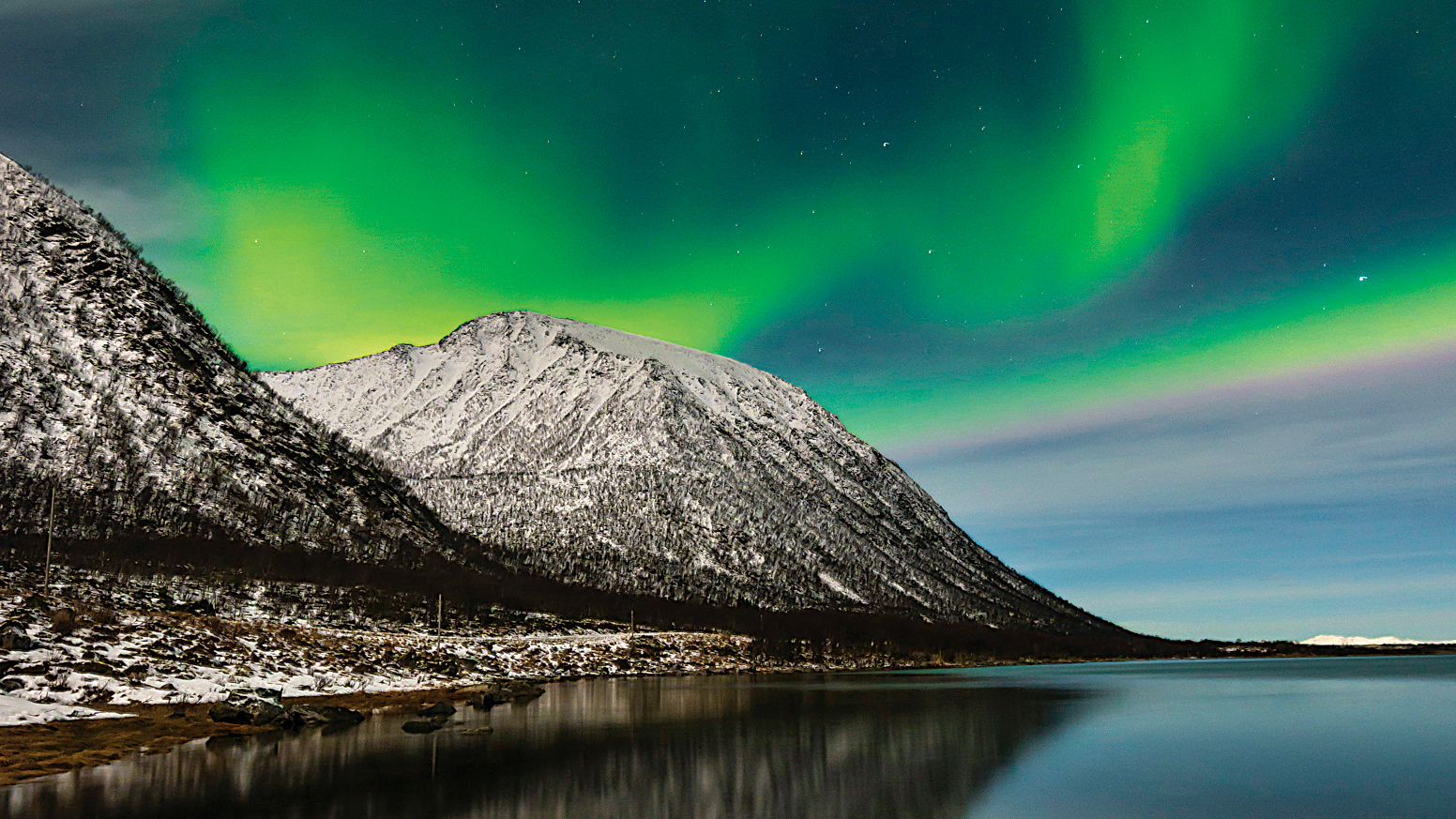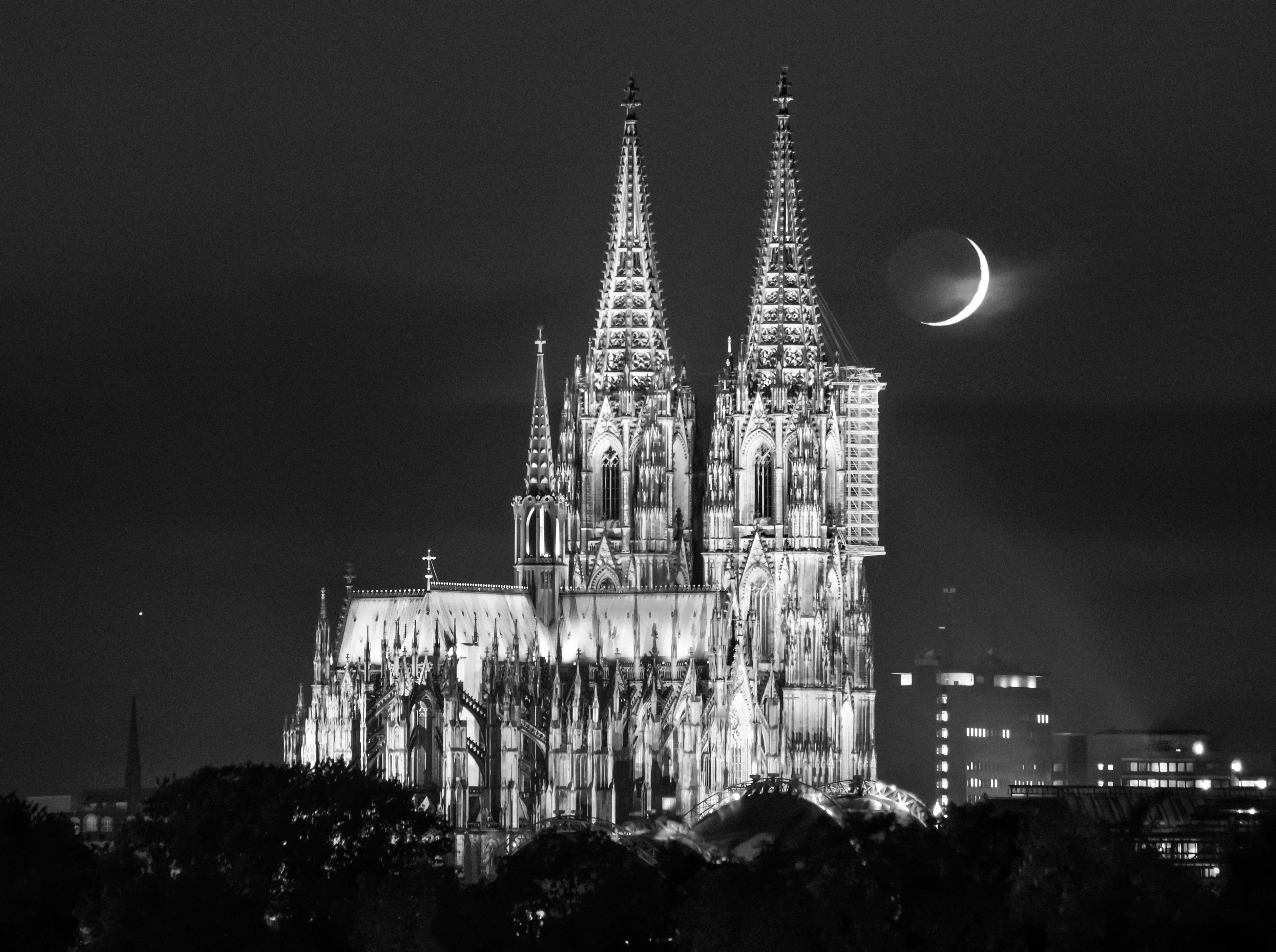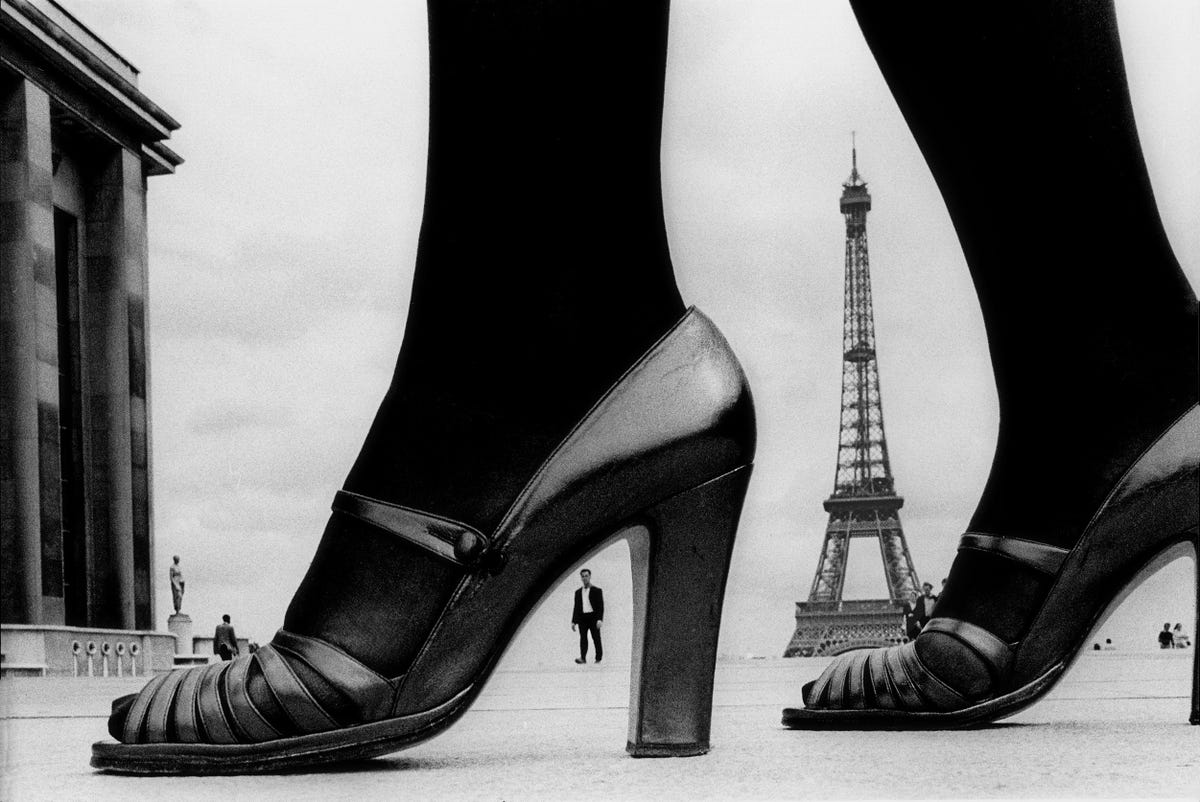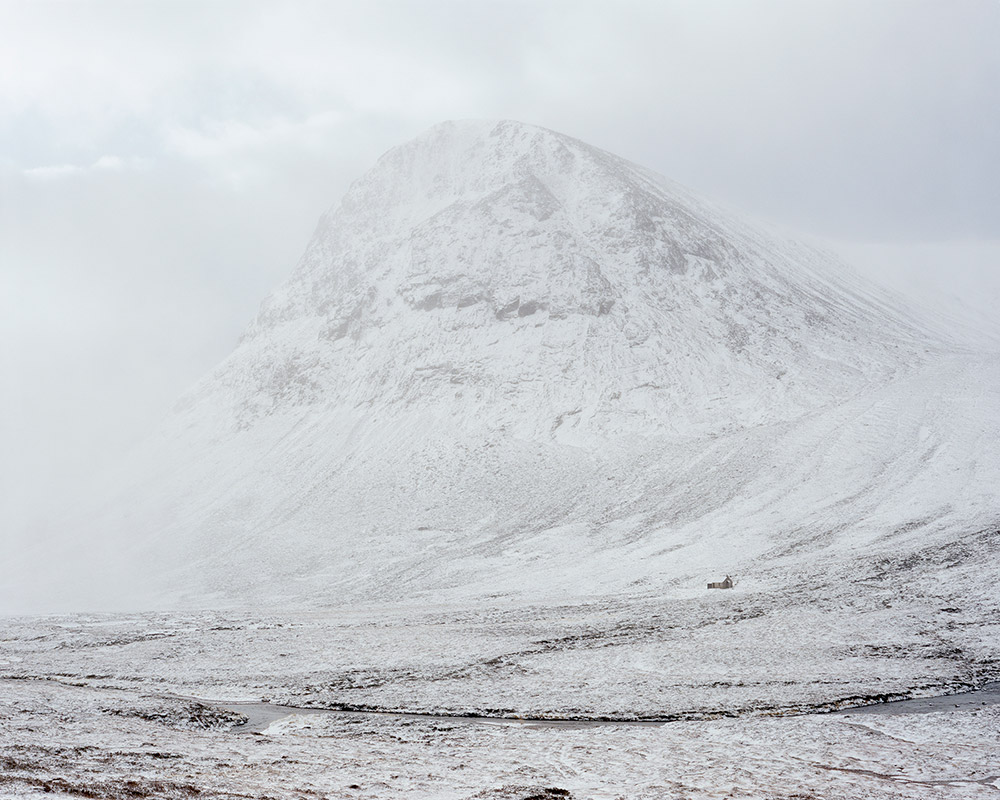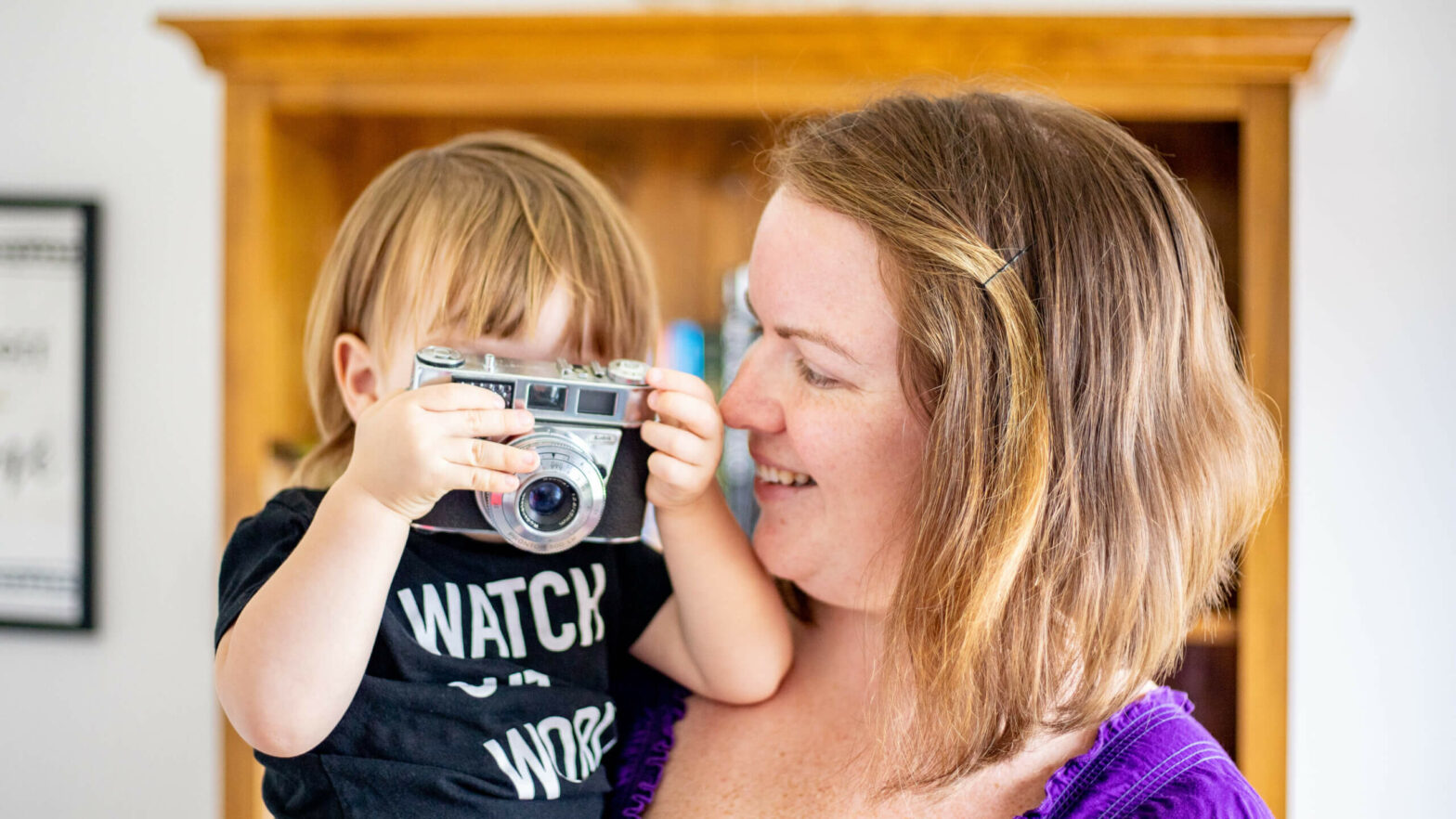Conventional bucolic views of the British countryside only tell half the story, says Tracy Calder. By adopting a new mindset, we can find beauty in even the bleakest corners of the land. She takes a look at the book This Pleasant Land: New Photography of the British Landscape. Plus, shares guidance on an alternative approach to landscape photography.
The British Landscape
In his wonderful book The Lost Continent: Travels in Small-Town America, Bill Bryson describes his experience of the British landscape. ‘For months the sky had remained a depthless grey. Sometimes it rained, but mostly it was just dull, a land without shadows. It was like living inside Tupperware.’
Anyone who lives on this North Atlantic island will be familiar with the ‘depthless grey’ Bryson refers to. While we might dream of dramatic skies and colourful sunsets, most of the time we go about our daily business under a dispiriting blanket of white. As photographers, we deal with this ‘Tupperware’ effect by adding an ND grad, hoping to eke out some drama. But dramatic and bucolic views of the British countryside only tell half the story.
In reality, the British landscape has been heavily shaped by human hands for centuries: quarries pockmark hills, fences criss-cross fields and roads slice through woodland. Arts and culture writer Rosalind Jana agrees. ‘In its wilder hinterlands we might think that it remains untouched, but our fingerprints – real and imagined – are all over it.’
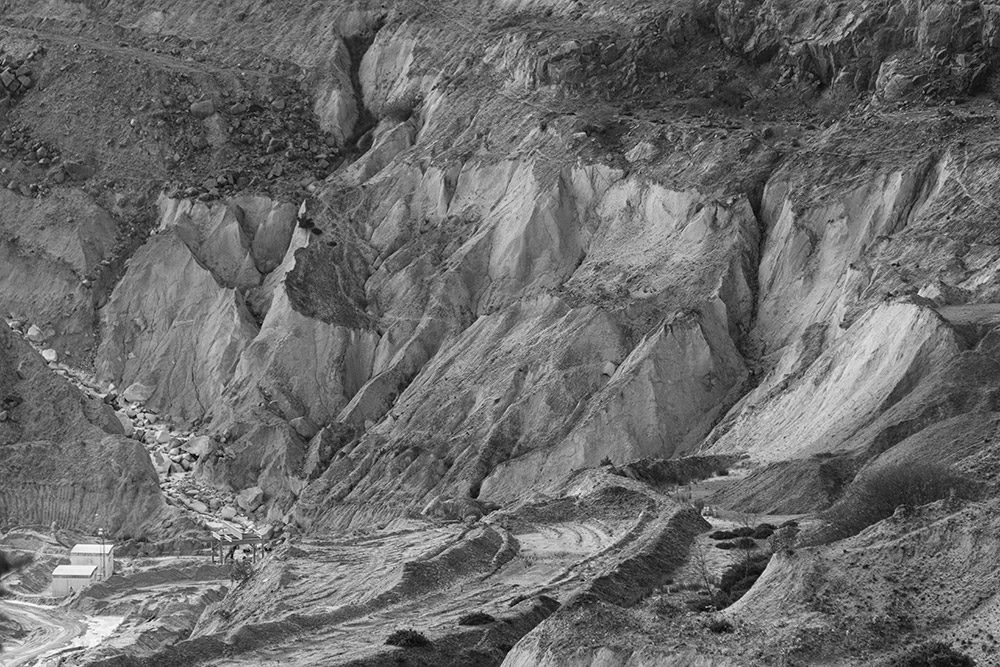
China Clay Pit, Rocky, Ivybridge, England, 2018. © Jethro Marshall
Jana provided the text for This Pleasant Land: New Photography of the British Landscape (published by Hoxton Mini Press). The book contains projects that form a post-millennium portrait of Britain where ‘Tupperware’ skies are not just tolerated but actively sought out. ‘This selection of fine art photography captures the beautiful, the bleak, the uncontainable and the marginal,’ says Jana.
It’s an exploration of overlooked corners, from the humble hedgerow to WWII pillboxes and shapeshifting floods. There’s an overriding sense that the landscape is in a state of flux – people come and go, boundary lines are drawn and redrawn, tides nibble away at the fringes of land. The photographers selected for the book present their own personal ‘reading’ of the landscape.
Each image is an expression of their memories, associations, interests and, at times, preferences. None of these artists are interested in the chocolate box view of the landscape. ‘Instead, they raise questions about how we inhabit it, own it, work it, protect and destroy it,’ says Jana.
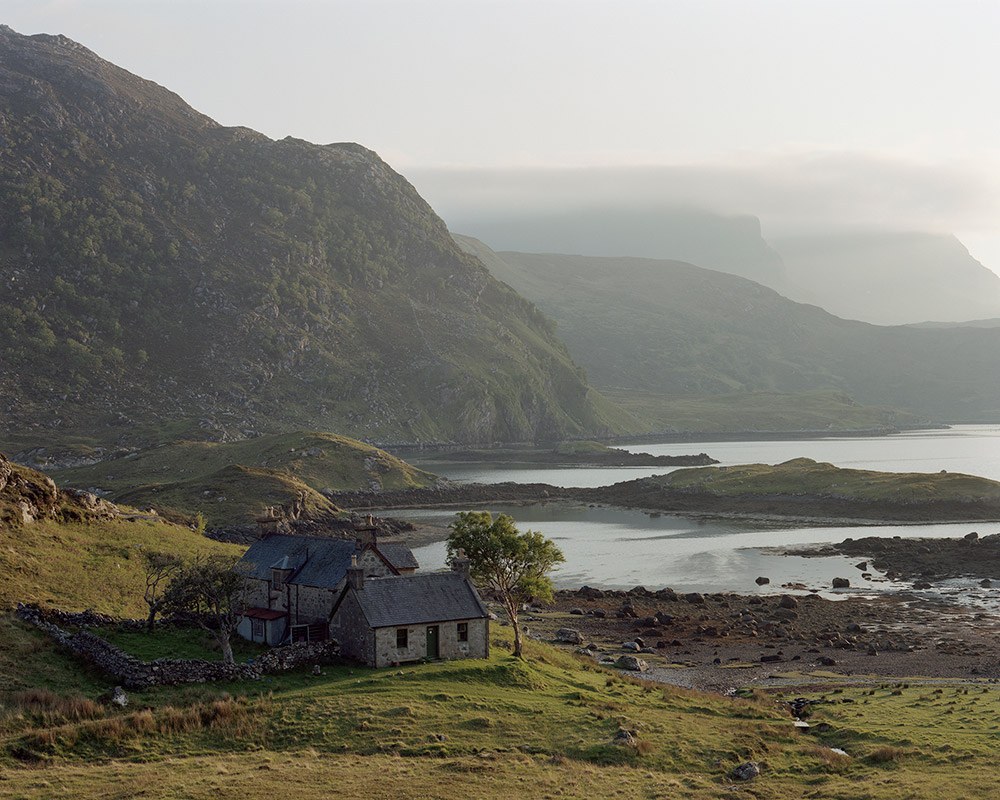
Glencoul, Northern Highlands, Scotland, May 2016. © Nicholas JR White
Fingerprints of man
Each photographer has a story to tell – projects range from the autobiographical to the environmental and political. What unites them is a desire to be immersed in the landscape. To hear the cry of gulls as they descend on ploughed fields, to taste salt on the air as you approach the coast, to feel snow underfoot as you walk to a mountain bothy.
These are essential visceral experiences. Few of the views would be considered classically beautiful, but each photographer has found beauty in the scene – a shaft of light illuminating abandoned cars in a slate mine, cement cubes scattered on a beach like toy building blocks, a suburban hedge that looks like a Beefeater hat. Beauty is in the eye of the beholder after all.
One photographer who has found beauty where seemingly none exists is Paul Hart. For ten years he has been capturing the effects of large-scale agribusiness on the Fens in East Anglia. The area has always been popular with writers who, Jana argues, are attracted by the flat fields, ‘domed by an unrelenting sky’.
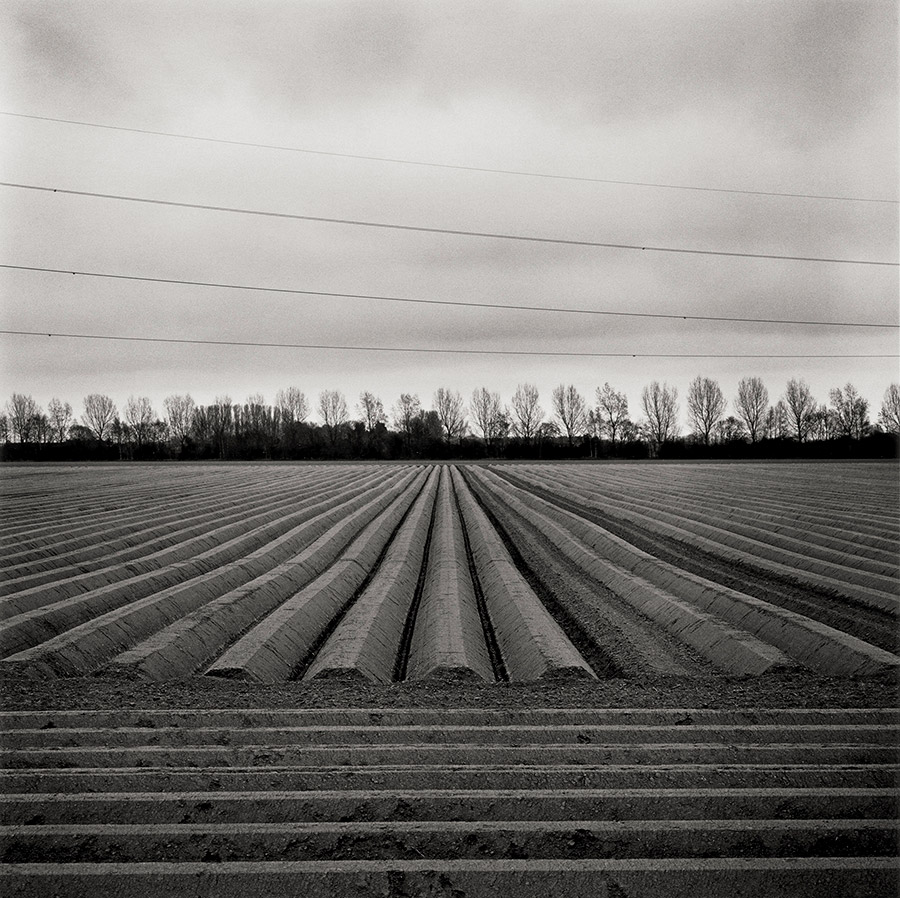
Walpole St Andrew, Reclaimed, England 2019. © Paul Hart
While it might seem ‘damply atmospheric’ to the likes of Graham Swift, most photographers seem less keen to embrace the tilled fields and monocultural crops here. Hart, however, is an exception. Through a triptych of projects evocatively titled Farmed, Drained and Reclaimed, Hart uses a Hasselblad loaded with black & white film to describe how farming has shaped the region. ‘Many of Hart’s images have a ghostly feel, full of misted horizons and bare trees,’ says Jana. ‘They often feature lines vanishing into the distance: electrical cables, narrow lanes, silver waterways, the hard ridges of tilled fields.’
Jethro Marshall’s work also celebrates manmade participation in the landscape. For him there’s beauty in the abstract brutalism of coastal defences and quarries. ‘His trademark monochrome imagery is sparing but unafraid of drama,’ says Jana. These sculptural structures are set against natural backdrops – a cliff stabiliser mirrors the shape of the rock face behind it, a curve of anti-tank cubes nestles into shingle.
‘Whether used as military defence or to ward against erosion, there is something powerful in this idea of protection,’ notes Jana. While shooting Rocky (Marshall’s quarry project) the photographer was often asked to leave the site – a bid to protect Marshall or something else entirely? ‘Much of this land is not as free to explore as we might hope or assume,’ concludes Jana.
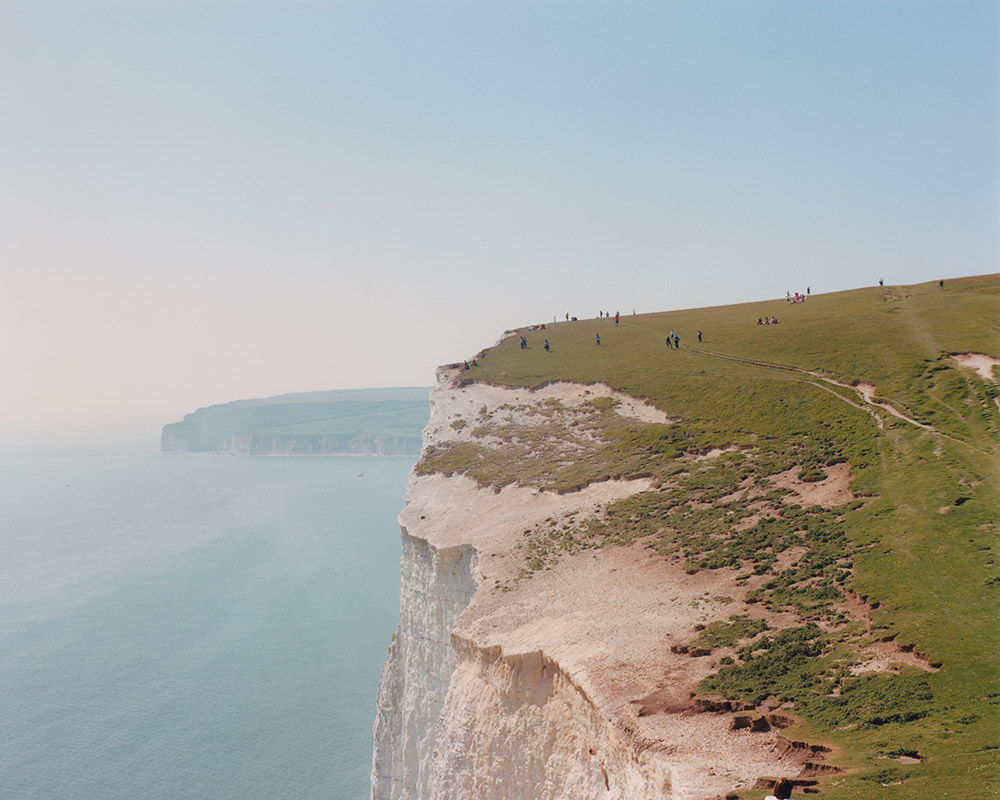
Places, Seven Sisters, England, 2016. © Toby Coulson
Impact of the military
If you’ve ever come across an MOD red flag while out walking – indicating possible life-threatening activities – you may have wondered how military manoeuvres impact the British landscape. Some military sites have the potential to become reservoirs of biodiversity, but others support ‘temporary’ structures that have been left to decay. Photographer Richard Brine used a combination of satellite imagery and local hearsay to pinpoint a number of Britain’s remaining 6,000 pillboxes (there were once around 30,000).
These concrete forms were built during WWII to defend Britain, but, according to Jana, ‘Many now house sheep (or furtive teenagers looking for somewhere to smoke).’ Brine has a background in architectural photography, and this preoccupation with precision (and the use of a large-format camera) carries over into his pillbox project. These defences may be dressed in moss and ivy, but Brine’s compositions are full of clean lines and negative space.
Melanie Friend is another photographer who explores how war is embedded in the British landscape. For her 2020 book The Plain, she made repeat visits to the chalk grasslands of Salisbury Plain, ‘a preparation ground for war’ since 1897. Here Friend captured the eerie presence of rusty tanks, battered telephones and stark warning signs. Her contribution to This Pleasant Land has a similarly disquieting air. For this project she travelled around the country attending air shows, which Jana describes as, ‘the respectable face of war’.
In this context, we see war as spectacle. ‘I remember feeling very sad on one particular beach – just this sense [that] here we are watching these planes as entertainment,’ recalls Friend. ‘In other countries people are terrified by what’s in the sky: the bomber, the fighter jet, the drones.’ On the ground, alongside the photographer, we stare up at the sky tracking the dark silhouettes of planes as they perform for our entertainment.
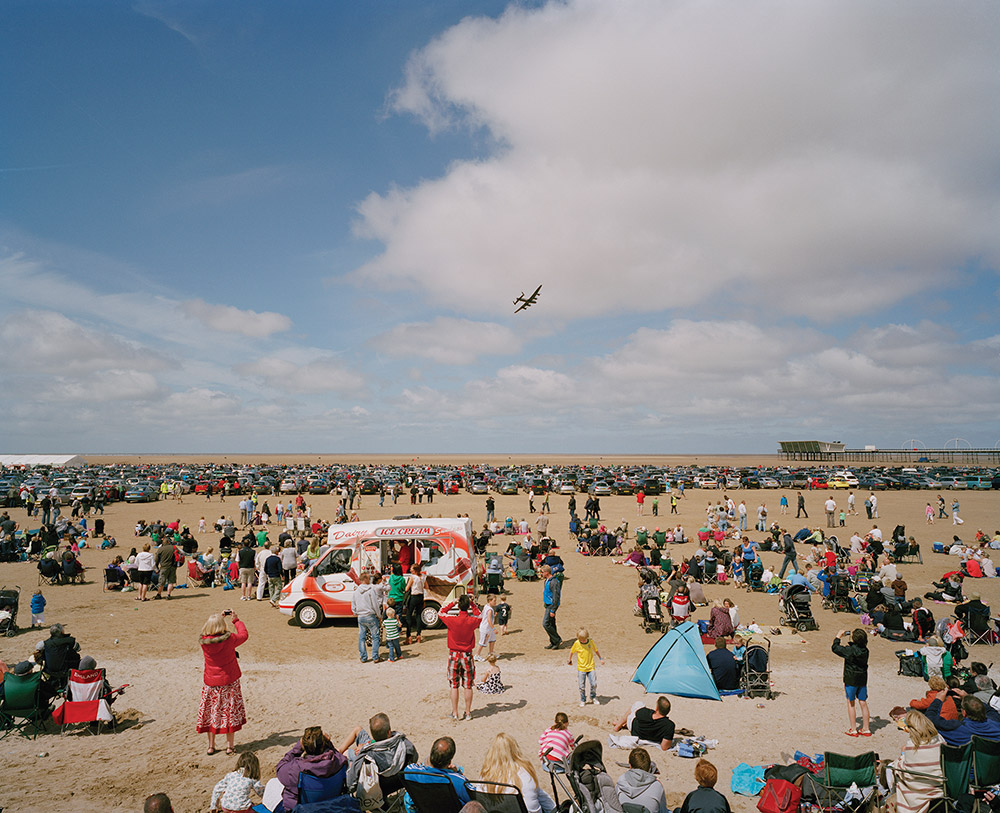
Avro Lancaster bomber (part of a Battle of Britain memorial flight), Southport Beach, Merseyside, England, 24 July 2011. © Melanie Friend
Effects of climate change
Floods, wildfires and droughts used to feel like problems that only (directly) affected the Southern hemisphere, but climate change has brought extreme conditions closer to our door. In 2022, for example, the NFCC (National Fire Chiefs Council) estimated that there were more than 500 wildfires in England and Wales – twice as many as the previous year.
Spencer Murphy spent summer 2018 recording wildfires as they transformed the landscape into an apocalyptic vision. In his images, patches of green are rare – the earth is blackened and charred, wounded and scarred. Yet there is a strange beauty in this disturbance of nature: the smoke in the air leads to muted colours, the skeletal vegetation provides focal points. ‘There is a weird beauty in it…Not like the surface of the moon, but maybe another planet,’ says Murphy.
Max Miechowski also documents the consequences of extreme weather – in this case the effects of coastal erosion. Along the coast of Britain there are pockets of land being lost to the sea at an alarming rate. ‘Gardens disappear overnight, as landslides redraw the boundary between ground and water,’ says Jana.
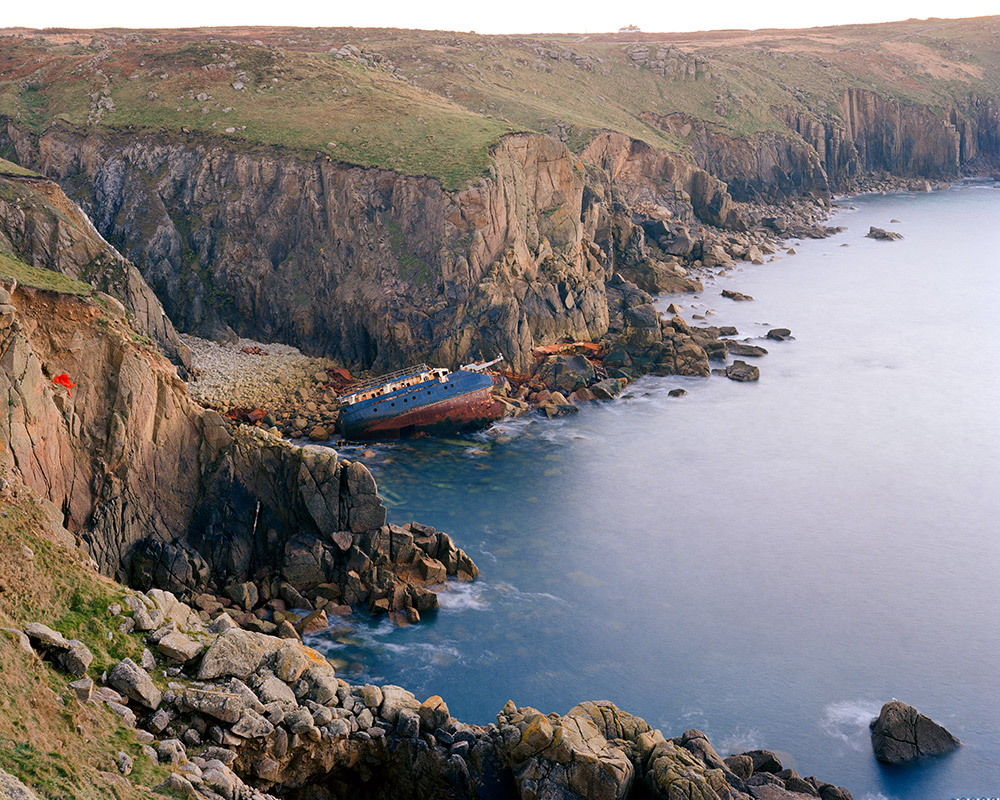
Land’s End, England, 2003. © Robin Friend
Buildings cling to the land as it slips beneath them, cracks widen in roads, landslides create otherworldly scenes. ‘I felt very much on the precipice…[with] this idea of being on a particular piece of land that will not exist in the future,’ admits Miechowski. ‘Once it’s gone, it’s really gone.’ But, once again, there is beauty in this shifting, impermanent environment. Miechowski often slept in his car to catch the sunrise. His pictures have a warmth and softness that acts as both a salve and a warning of what we stand to lose.
This collection of fine art photographs offers an alternative view of the British landscape. A place where people picnic by the side of the road, quaff beers in pillboxes, and plough, drain and slice the land to suit their own (temporary) needs. But that doesn’t mean it’s a bleak landscape. If you adopt the right mindset there is genuine beauty to be found in every puddle, hedge, house and ditch.

Imber Village Open Day, Merrie Albion, Wiltshire, England, 3 August 2013. © Simon Roberts
5 Tips for alternative landscape photography
Experiment with mono
Paul Hart and Jethro Marshall documented our human impact on the landscape in black & white to emphasise form and texture. Their work has a sparing quality about it, which really draws attention to every line and element in the composition.

© Paul Hart
Put some legwork in
For his project Black Dots, Nicholas JR White walked to remote mountain bothies – always feeling the ground beneath his feet. On one occasion he hiked for six hours through the Cairngorms, before camping out for three days to get his picture.

© Nicholas JR White
Look to the skies
Sometimes the land can only be truly understood when it’s set against the sky, and photographer Melanie Friend takes this to extremes. In her pictures of air shows our feet are firmly planted on the ground, but our attention is in the clouds.

© Melanie Friend
Show the people
Most of the photographers in This Pleasant Land focus on the imprint we make on the landscape, but few pictures contain people. Alex Ingram, by contrast, captures portraits of island wardens as they go about their work.
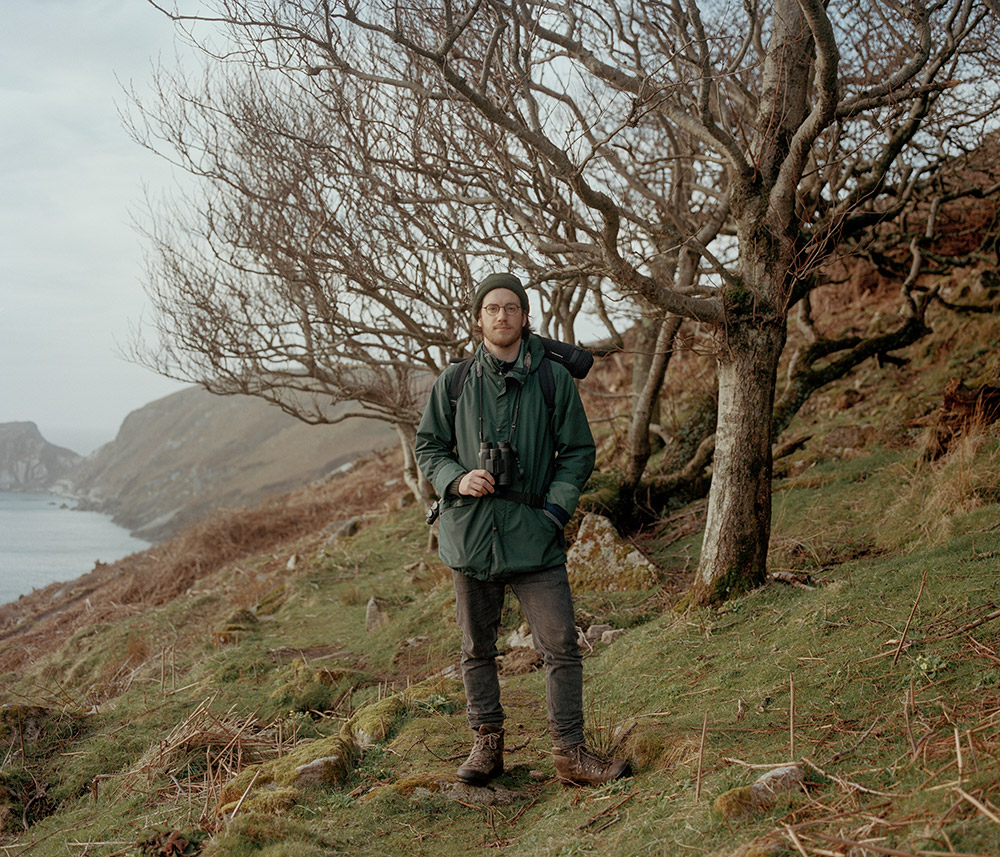
© Alex Ingram
Seek inspiration outside of photography
Harry Cory Wright’s images have the formalism of classical paintings. Wright uses a 10x8in camera and the cost of film is one factor that makes him slow down and appreciate each step of the process.

© Harry Cory Wright
Alternative landscape photography: how to see landscapes in a new light
Rise early
Max Miechowski slept in his car to catch the sunrise, Simon Roberts travelled around in a camper van, Nicholas JR White camped out in the cold. Put the effort in and you will be rewarded.
Talk to the locals
For his pillbox series, Richard Brine asked locals for their advice and combined this with satellite data to pinpoint the exact location of the defences he wanted to photograph.
Embrace serendipity
Sometimes it’s good to introduce an element of chance. Toby Trueman, for example, captures beautiful long-exposure seascapes. But instead of tracking the tides he just turns up to see what the shore reveals.
Stay curious
As children, we have a desire to see what’s around the corner, but in adulthood this seems to diminish. Ian Potter, however, encourages an appreciation of overlooked patches and a natural curiosity to see what’s around the bend.
Remain grounded
If you’re faced with an expanse of flat and empty land, much like Paul Hart was in the Fens, look for elements that will ground the space – trees, pylons or the ‘line’ of a furrow in a field.

Near Strathpeffer, Ross-shire, Scotland, January 2017. © Iain Sarjeant
Ignore obvious beauty
The colourful Americana of amusement parks, piers and fairgrounds can be alluring, but try to look beyond the surface. Rob Ball, for example, looks for evidence of weathering and decay in seaside attractions.
Keep close to home
After the restrictions of the past few years, many of us are keen to travel long distances for our photography fix. However, photographers like Iain Sarjeant are keen to prove that there are adventures right on our doorstep.
Stay in the margins
Joseph Wright, Paul Hart and Ian Potter are all fine examples of photographers who have found great riches in the hedgerows, ditches and hinterlands of Britain. Explore marginal places for maximum gain.
Shift your perspective for an alternative view of the landscape
Simon Roberts makes work that understands the landscape as an active process. To gain greater control over the narrative he often stands on his camper van roof to shoot.
Don’t fear change
Landscapes undergoing transformation make great subjects. Think Max Miechowski and his coastal erosion project. Spencer Murphy and his wildfire series and Joseph Wright’s images of flooded woodland.
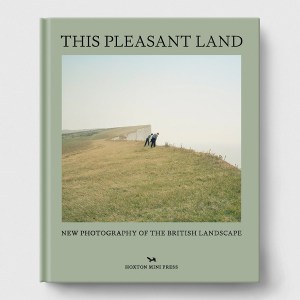
This Pleasant Land: New Photography of the British Landscape, with text by Rosalind Jana, is published by Hoxton Mini Press.
Also available here.
Feeling inspired? View our landscape photography tips and get shooting some spectacular shots!
Similarly, if you are new to landscapes, check out our beginners guide to Landscape Photography.
Improve your landscape photography
Put your landscape photography to the test. Learn more alternative landscape skills on one of our upcoming landscape photography vacations. Including Isle of Skye with Jeremy Walker, Faroe Islands with Serkan Günes and Lofoten Winter Magic with Serkan Günes & Florian Warnecke. See all upcoming landscape photography holidays here.
More reading:
The best landscape photography books for inspiration
The top 20 best landscape photographs
Follow AP on Facebook, Twitter, Instagram, and YouTube.
